Breaking News: Groundbreaking Discovery Offers Hope Against Marburg Virus
Scientists have made a significant breakthrough in the fight against Marburg virus, a highly lethal filovirus that causes severe hemorrhagic fever. A team of researchers has designed a vaccine-elicited antibody, MARV16, which has been shown to neutralize all Marburg virus isolates with unprecedented potency. This discovery has the potential to save countless lives and provide a much-needed solution to the ongoing outbreak.
The breakthrough was made possible through a combination of cutting-edge techniques, including cryoelectron microscopy, which allowed the researchers to visualize the structure of the Marburg virus glycoprotein and identify the specific epitope targeted by MARV16. This monoclonal antibody was found to be 40 to 100 times more potent than previously described antibodies, and it provided therapeutic protection in guinea pigs challenged with the virus.
The immediate impact of this discovery is significant, as it offers a potential solution to the ongoing Marburg virus outbreak. The researchers plan to further develop MARV16 as a vaccine, which could be deployed in affected regions to prevent further spread of the virus. The World Health Organization (WHO) has already taken notice of the breakthrough and is working closely with the researchers to expedite the development and deployment of the vaccine.
Marburg virus is a highly lethal filovirus that causes severe hemorrhagic fever, with a mortality rate of up to 88%. The virus is transmitted through contact with infected bodily fluids and has caused several outbreaks in Africa and Asia in recent years. Despite the increasing frequency of outbreaks, no vaccines or therapeutics are currently licensed for use in humans.
As the researchers continue to refine and develop MARV16, they are also exploring its potential applications in the treatment of other filoviruses, such as Ebola and Ravn virus. The discovery of this potent antibody has significant implications for global health and could potentially save thousands of lives in the years to come.




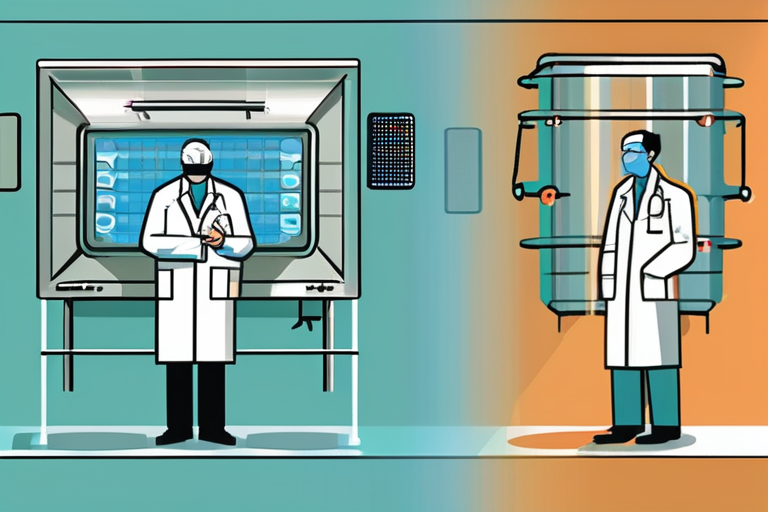
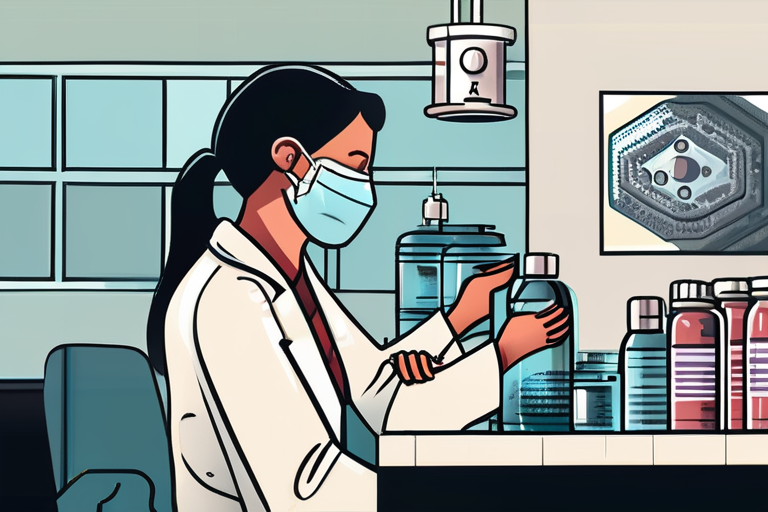
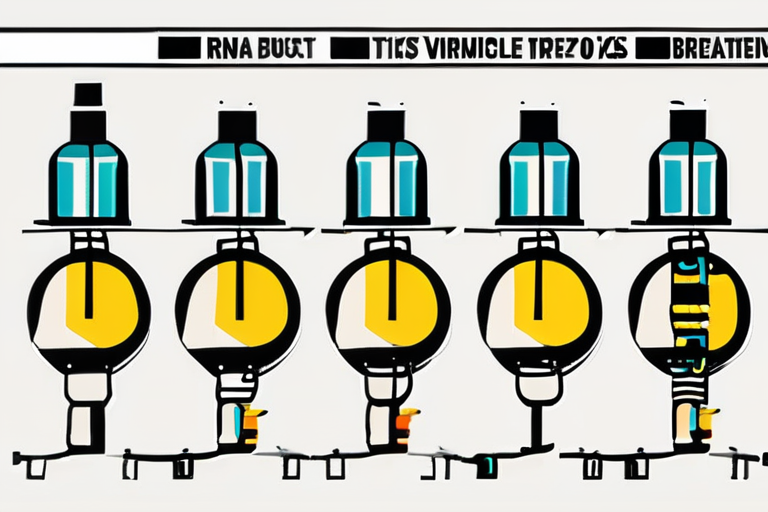









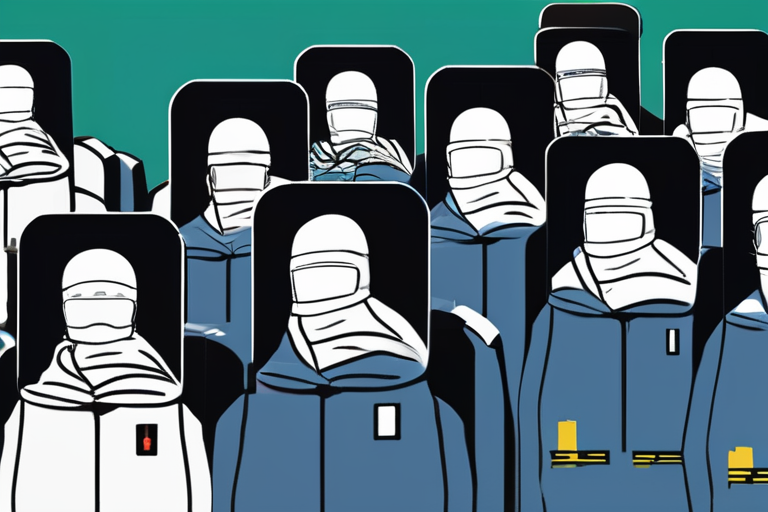



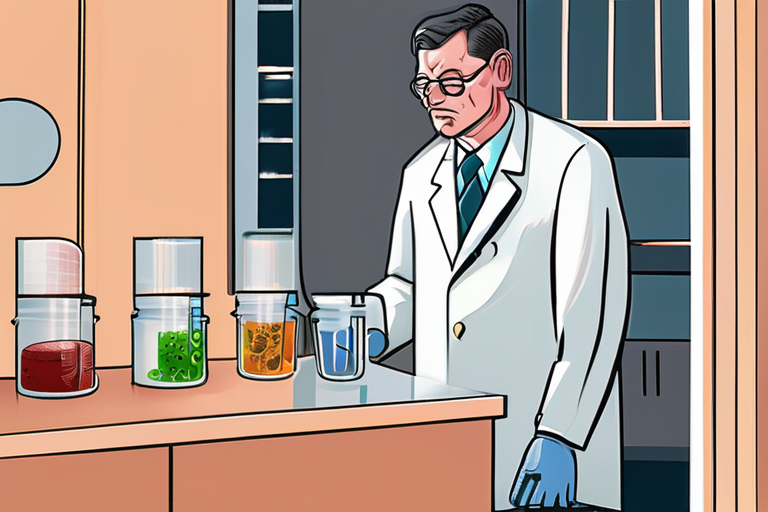






Share & Engage Share
Share this article